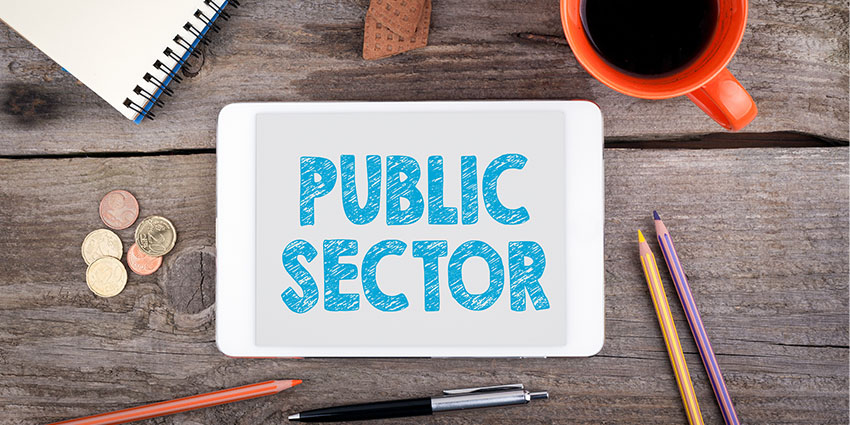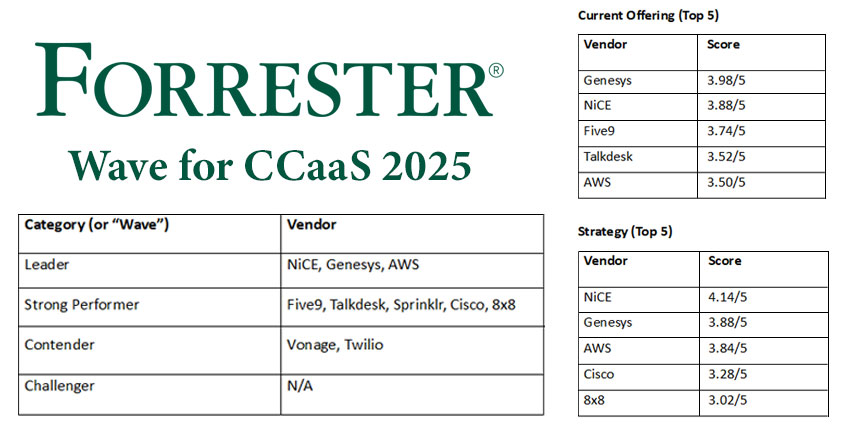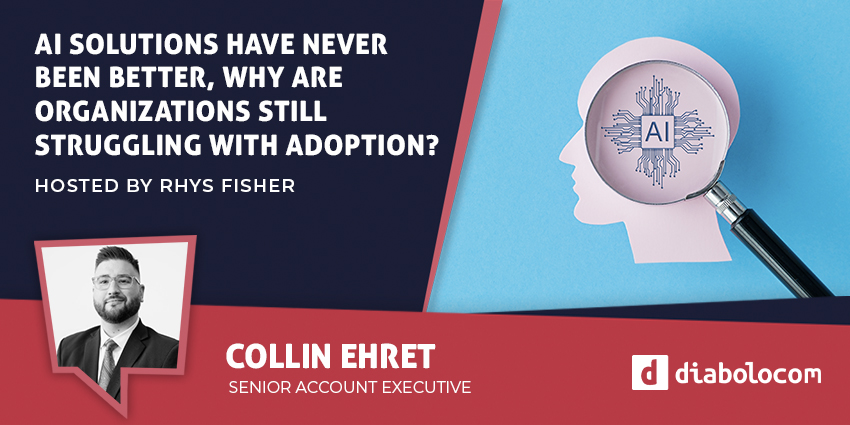Public sector organisations are under an exceptional amount of pressure. These groups are dealing with significant issues due to the pandemic, the changing economy, and the social problems facing communities around the world today.
Outdated systems and limited budgets made it notoriously difficult for many public sector groups to live up to expectations during the unexpected events of the pandemic. As a result, many institutions are starting from scratch, attempting to rebuild the trust of their communities once again.
CX solutions, ranging from workforce optimisation tools to CRM systems for tracking end-to-end interactions, can help solve a host of problems public sector groups might be having with their current support strategy. However, with financial restrictions still in place, it’s essential to build a clear business case and determine the most apparent routes to success before you begin investing.
Here’s how to build your business case for CX in the public sector.
Step 1: Look at the Low-Hanging Fruit
For many organisations in the public sector environment, the biggest challenge in implementing new technology innovations is managing a strict budget. Public sector entities don’t always have the most funding to invest in new technologies, and when financial opportunities emerge, they often find themselves tied into long-term contracts.
With this in mind, the first step for many public sector vendors may be to audit the existing CX strategy in their ecosystem and look for examples of low-hanging fruit. For instance, if your current contact centre solution is reaching the end of life, and your employees are already active within a Microsoft Teams environment for collaboration and UC, you could consider adding contact centre solutions into your Teams ecosystem.
This strategy eliminates the need for expensive in-house maintenance and provisioning requirements. Still, it could also reduce the training required to move your team members into a new environment. Building on a landscape your team is already familiar with could allow faster adoption, even in a distributed, hybrid environment.
Step 2: Prioritise Business Continuity
In the last couple of years, many public sector entities realised that traditional, legacy solutions for CX aren’t prepared to survive in case of a crisis. The pandemic showed a lot of organisations how ill-prepared they were for a situation wherein their team members might not be able to access a traditional office environment.
Implementing solutions for your public sector organisation which can ensure continued business performance in times of trouble could be the key to keeping the lights on. For many groups, ensuring business continuity in the post-pandemic era will begin with implementing tools for cloud-based contact centre communications.
CCaaS offerings will allow team members to continue connecting with clients in the cloud across various channels, even if they can’t access an office environment. At the same time, workforce optimisation tools will allow managers and supervisors to optimise teams’ performance from a distance and keep staff motivated wherever they are.
Preparing for business continuity could even open new doors for cost savings in the public sector by allowing more teams to work remotely and reducing the overheads for office buildings.
Step 3: Look at the Opportunities for Building Trust
Public sector organisations thrive on the trust of their communities. Satisfied, happy clients who trust your agency are half as likely to contact hotlines, less pressure on public sector resources. To develop trust, public sector organisations need to look for ways to bridge the gaps between their consumers and their organisations with transparency and knowledge.
Implementing a combination of chatbots, FAQs, and automated systems for self-service into your organisation’s CX strategy will offer users an excellent way to seek out information and solve problems themselves without waiting for an agent to be available.
At the same time, organisations leveraging CX tools can implement personalisation tactics to build a sense of rapport with users, building the foundations for credibility and trust. CRM tools providing an insight into the context behind a user’s service request, or a customer’s call, can allow agents to create more meaningful discussions with the citizens of any community.
The same tools also allow public sector groups to collect valuable information, making it possible to predict trends in customer service needs, and potentially pre-empt problems before they occur.
Step 4: Consider the Benefits of Augmented Employees
Many organisations can often be hit with unpredictable spikes in customer service requests and call volumes in the public sector environment. In this agile landscape, it’s essential to have the right CX strategies to manage peaks in demand without potentially alienating crucial consumers and groups. The right technology can be precious in this instance.
With a CCaaS solution, companies can empower their teams to be more efficient by creating a single pane of glass environment where users can access multiple modes of communication in one setting. These dashboards can offer instant access to important information about customers and even create automated workflows, minimising repetitive tasks like data entry.
With an intelligent, all-in-one environment for sorting through conversations and tracking information, customer service agents in the public sector can deliver personalised experiences at speed.
Step 5: Look at the Opportunities to Grow
Finally, most public sector organisations are aware they need to be able to adapt and scale quickly to suit an ever-changing environment. Investing in new CX solutions means groups can keep up with the expectations of their consumers. However, it also means you may have more opportunities to leverage new opportunities as they emerge.
A comprehensive CCaaS environment makes it easier for public sector groups to implement new channels for service into the CX system as and when they need them.
Government groups can implement SMS solutions to contact citizens en masse during emergencies or deliver video conferencing to replace face-to-face conversations if in-person consultations aren’t available. It’s also possible to easily add new disruptive technologies like AI analytics and sentiment analysis tools into the mix with a couple of clicks.
As an added benefit, the CX solutions you implement today, like CRM tools, service desks, and CCaaS services, could also provide helpful insights and analytics you can use to make more intelligent business decisions in future.







